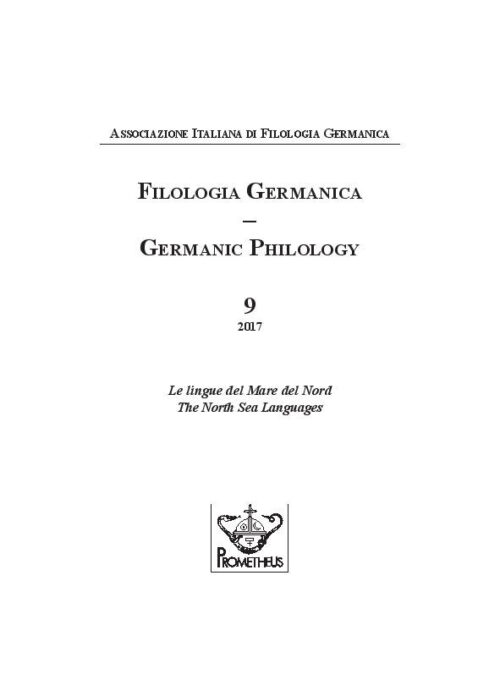Reassessing morphological restructuring over time: The case of Dutch
DOI:
https://doi.org/10.14672/fg.v9i.2575Abstract
Dutch morphology has undergone a deep simplification over time. Cases have gone lost and the original tripartite gender system has been simplified into a binary one where masculine and feminine have conflated into common gender. The morphological system was largely under pressure already in Middle Dutch, but the simplification was in part hidden by the standardization process carried on in the grammatical accounts to begin with Twe-spraack vande Nederduitsche letterkunst (1584). These treatises also strove to give Dutch a prestigious status. On the contrary, an analysis carried out on a cookbook and a selection of private letters dating to the end of the seventeenth century proves that the morphological simplification was much more ahead than the grammatical accounts would present. It also proves the existence of recurring patterns of morphological levelling in public and private written language, which is in line with the restructuring already begun in the Middle Ages.
Pubblicato
Fascicolo
Sezione
Licenza

Questo lavoro è fornito con la licenza Creative Commons Attribuzione - Condividi allo stesso modo 4.0.
CC-BY-SA



